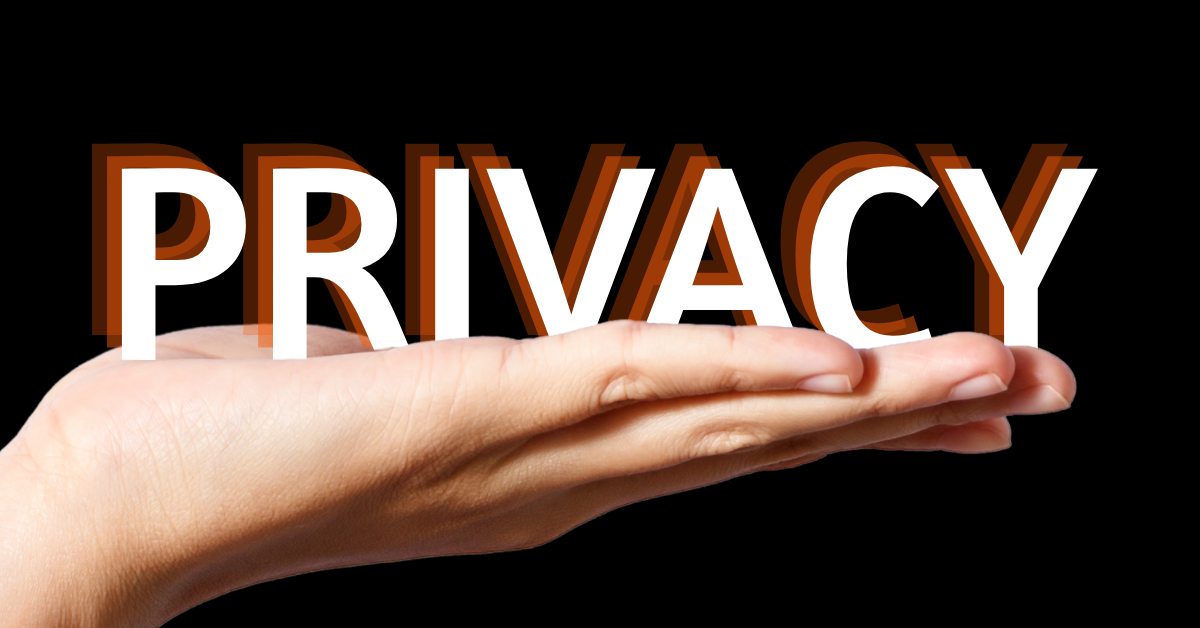Categories
I’ve always been intrigued by how biometric technologies can enhance security, but I can’t help worrying about the privacy trade-offs—especially when my personal data feels so exposed. In 2025, palm vein scanning has emerged as a promising solution, often praised for its palm vein privacy benefits, yet it’s not without its concerns.
This method claims to offer a secure way to authenticate while prioritizing privacy, but how well does it really protect us? Let’s dive into palm vein scanning, explore its strengths as a secure biometric, and see if it truly lives up to its privacy-first reputation.

To understand why palm vein recognition is such a standout, we need a quick look at how the technology works. Palm vein scanning uses near-infrared light to capture the unique pattern of veins in your palm. The hemoglobin in your veins absorbs the light, creating a map of dark lines against a lighter background, which is then encrypted into a digital template for authentication. The process is contactless—you just hover your hand over the scanner, and it verifies your identity in seconds.
What makes this a privacy win is that your vein pattern is internal, hidden beneath your skin, and can’t be captured without your active participation. Plus, the data is stored as an encrypted template, not an image, reducing the risk of misuse.
The biggest reason I’m drawn to palm vein recognition is how it tackles the privacy concerns I’ve always had with other biometrics. Your palm vein pattern isn’t something that can be casually captured or stolen, and that alone makes me feel more secure. Here’s why this technology sets a new standard for privacy:
I’ve been using fingerprint scanners for years—they’re quick and easy, but I’ve always been uneasy about how easily my fingerprints could be lifted from something I touch. Comparing palm vein privacy to other biometrics like fingerprint scanning and facial recognition shows just how much of a privacy advantage it has. Let’s break it down.
Fingerprints are left on everything you touch, making them easy to steal. Facial recognition can scan you in public without your consent—like at a mall or event. Palm vein patterns, being internal, can only be scanned when you choose to participate.
Palm vein scanning requires you to actively place your hand over the device, ensuring you’re in control. Fingerprint scanners need physical contact, and facial recognition can be used passively, raising privacy red flags.
Unlike fingerprints, which you leave on surfaces like glass or door handles, or faces that can be captured by cameras, palm vein patterns can’t be traced or collected in public spaces, keeping your biometric data private unless you intentionally share it.
Palm vein scanning requires you to actively place your hand over the device, ensuring you’re in control. Fingerprint scanners need physical contact, and facial recognition can be used passively, raising privacy red flags.
Palm vein scanning’s history is rooted in a desire to create a biometric that prioritizes privacy. I love tracing how technologies develop with privacy as a focus, so here’s a timeline of how palm vein scanning became a privacy leader.
Even with its strong privacy features, I wanted to explore whether palm vein recognition has any privacy vulnerabilities. While it’s one of the most private biometrics out there, there are still some risks to consider.

I’m incredibly optimistic about the future of palm vein scanning and privacy—it has the potential to become the gold standard for biometric authentication, especially as privacy concerns take center stage globally. This technology is already widely adopted in China and Japan, where it’s used in everything from banking to healthcare, ensuring user data stays private while offering seamless authentication. In Japan, for instance, over 80% of ATMs rely on palm vein scanning, a testament to its trusted role in privacy-first applications. China has followed suit, integrating it into public services to prioritize user consent and data protection.
The reach of palm vein recognition is growing worldwide, with trials underway in the UAE and Singapore to test its effectiveness in diverse environments. In the UAE, airports are exploring it for secure, private passenger processing, while Singapore is piloting it in financial sectors to enhance customer trust. Large companies are also taking notice—Visa has partnered with biometric firms to trial palm vein scanning for contactless payments, ensuring financial data remains private with a simple wave of the hand.
In the US, Amazon One is experimenting with palm-based authentication in retail settings, allowing customers to pay or access services while keeping their biometric data secure, as noted in their recent rollout at select Whole Foods stores. I can also envision palm vein scanning being paired with privacy-enhancing technologies like blockchain to create even more secure, transparent systems.
As global privacy laws tighten, I believe palm vein will set a model for companies aiming to build trust with users, offering a future where we can authenticate securely without fearing our personal data will be misused.
Palm vein scanning has shown me that biometrics can put privacy first without compromising security. Its internal design, consent-driven approach, and resistance to spoofing make palm vein privacy a leader in a world where data protection is more crucial than ever. Yes, there are risks—like potential data breaches—but with strong safeguards, this technology could redefine how we approach privacy in 2025. I’m excited about a biometric that prioritizes my privacy, and I can’t wait to see how it shapes a future where I feel both secure and in control of my data.